Some production challenges are easier to spot than solve. Achieving consistent, high-impact colour across a batch — whether you’re manufacturing coatings, paper, or plastic — tends to be one of them. That’s where pigment slurries, often overlooked but widely used, do the heavy lifting.
These pre-dispersed pigment suspensions are used every day to keep colour sharp, reliable, and scalable. They’re especially effective in meeting sustainability demands without sacrificing performance. But what exactly makes them useful — and where do white pigment slurries come in?
Whether you’re leading procurement or shaping sustainability policy, understanding how pigment slurries support colour performance could change how you approach supply decisions. Especially with an expert partner like The Rakem Group involved.
What are Pigment Slurries?
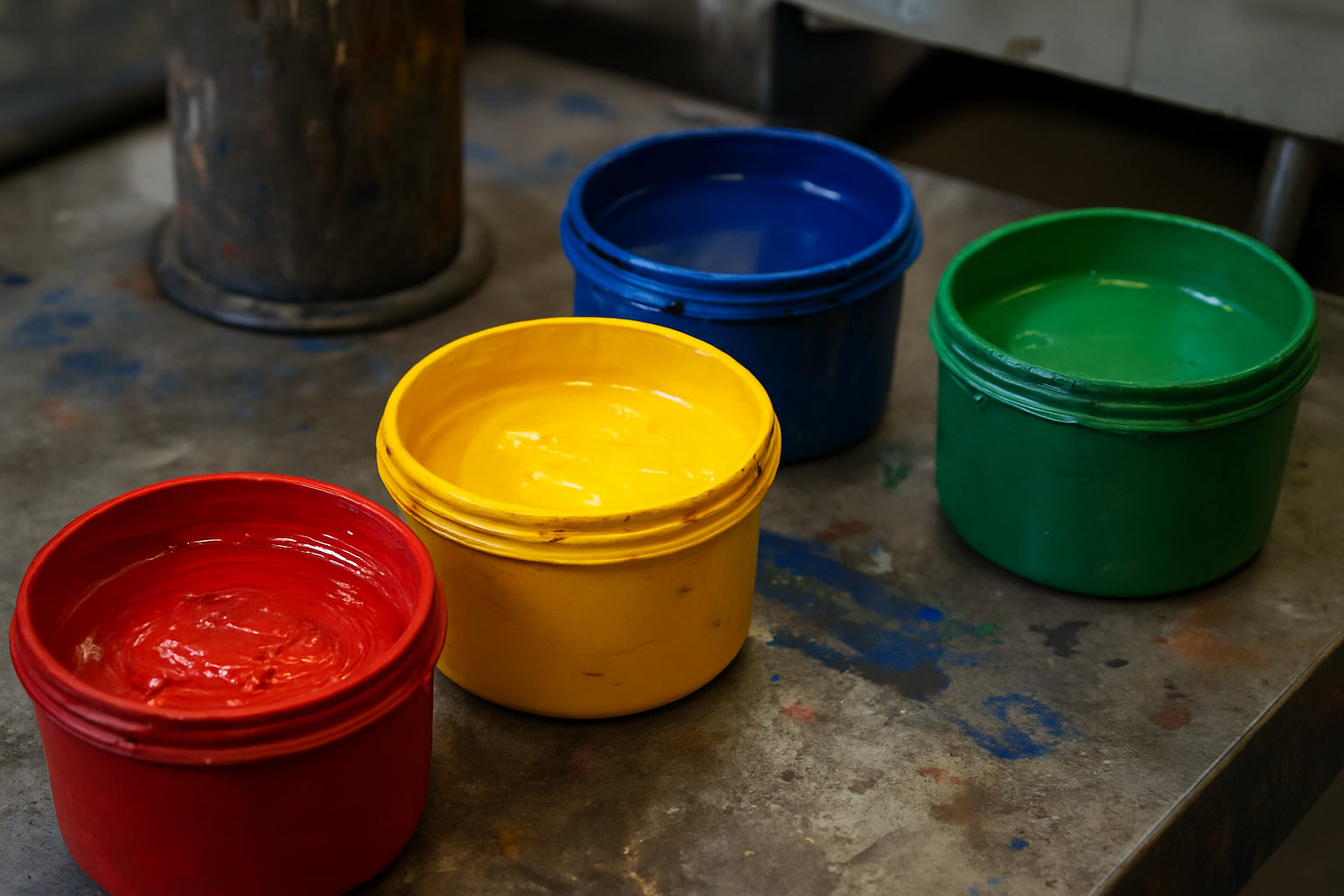
Put simply, pigment slurries are liquid suspensions made by dispersing pigments in water or another carrier liquid, stabilised with dispersing agents. This turns dry, powder-based pigments into ready-to-use liquid forms that are easier to handle, mix, and apply in industrial processes.
Rather than processing pigments from scratch on-site, manufacturers use slurries to cut down on dust, save time, and boost consistency. And when white is the foundation, especially in coatings and paper slurries based on titanium dioxide becomes the go-to option.
Here’s what’s typically inside a pigment slurry:
- Pigment – often titanium dioxide for white, or other inorganic/organic pigments
- Carrier liquid – usually water, sometimes solvents
- Dispersing agents – to stabilise the mixture and prevent settling
- Optional additives – for flow control, preservation, or compatibility with binders
Slurries aren’t one-size-fits-all either. They’re tailored for how they’ll be used — whether that’s improving opacity, speeding up mixing, or reducing waste.
You can explore Rakem’s pigment slurries range, built to meet these kinds of industrial demands.
Why are White Pigment Slurries Important for Colour Performance?
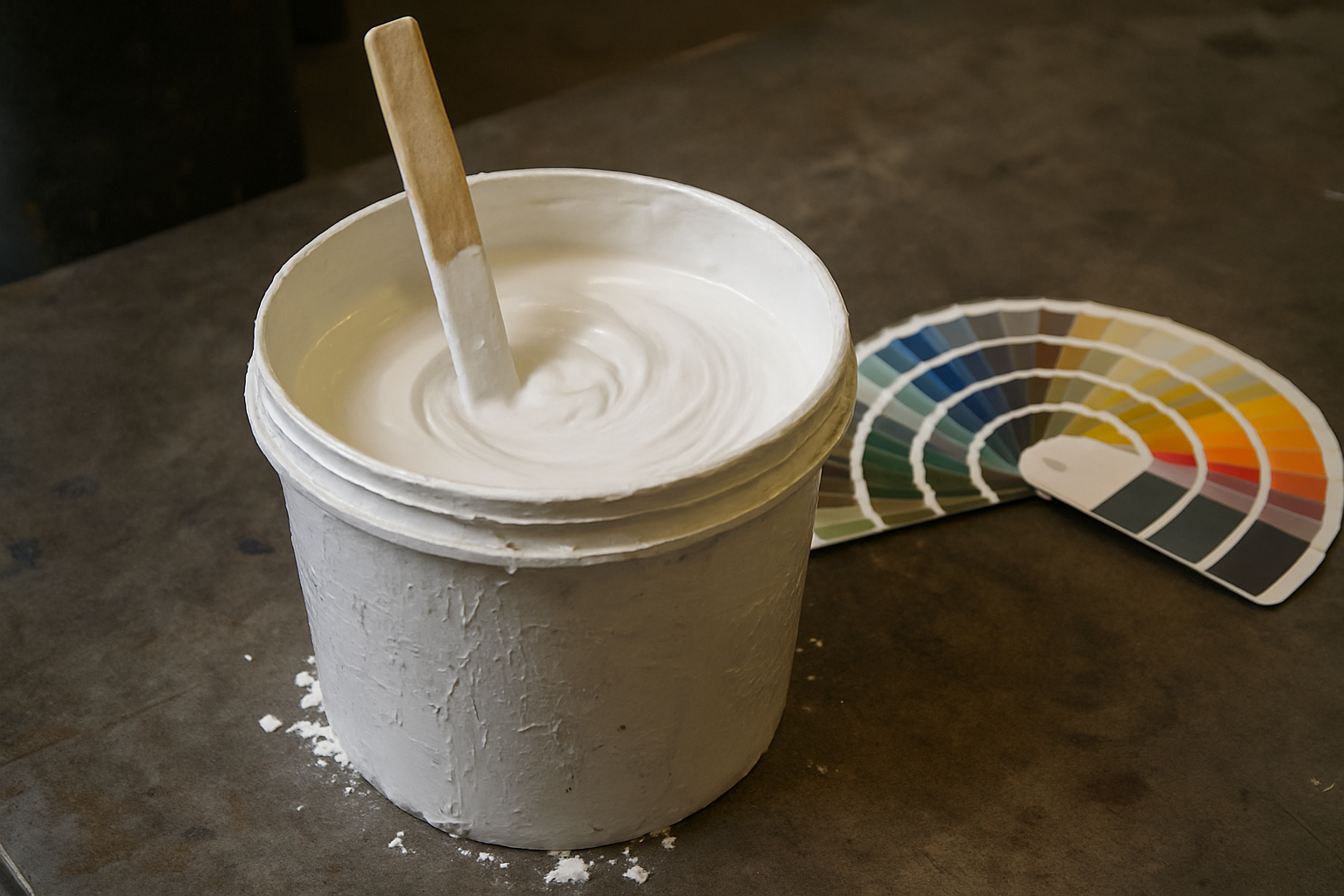
If colour performance starts anywhere, it’s usually with white. That might sound counterintuitive, but white pigment — particularly titanium dioxide — plays a lead role in making colours stand out, not fade into the background.
Titanium dioxide is known for its ability to scatter light. What this means, in real terms, is that it boosts brightness, enhances opacity, and gives colours their visual ‘pop’. Without it, many finishes would appear dull, translucent, or inconsistent under light.
White pigment slurries offer a way to deliver that impact more efficiently. Instead of adding dry pigment into the mix and hoping for the best, using a pre-dispersed titanium dioxide slurry allows for better blending, smoother application, and more predictable results.
Industries that rely on precision, like paper, plastics, or decorative coatings, benefit the most. Whether it’s achieving a crisp white sheet or a flawless painted surface, the base layer makes all the difference.
And it’s not just visual. Improved light reflectance can even play a role in temperature control for surfaces like building materials or vehicle parts.
How Pigment Slurries Enhance Colour Performance in Key Industries
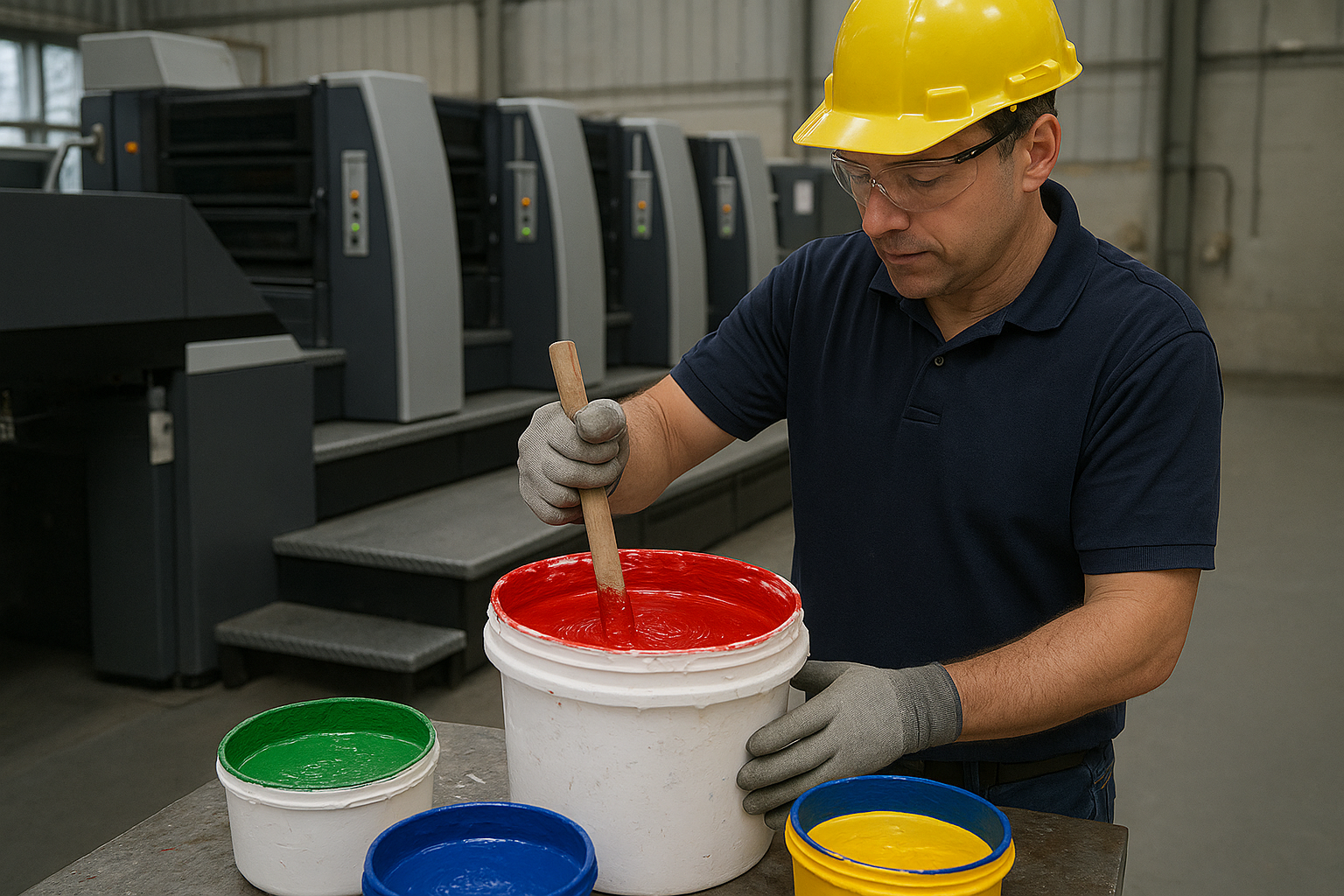
In industries where finish matters — and margins are tight — consistency is everything. Pigment slurries tend to be the go-to for that exact reason. They make colour performance more predictable, manufacturing more efficient, and waste much easier to control.
Here’s how they typically show up across sectors:
- Paints and Coatings – Slurries help maintain colour integrity between batches, reduce grinding times, and improve opacity with fewer coats needed. You get stronger coverage and smoother finishes.
- Paper Manufacturing – Used during coating or surface treatment stages, pigment slurries increase brightness, enhance printability, and cut down on uneven absorption.
- Textiles – In dyeing or coating textiles, slurries allow for uniform colour application, reduced bleed, and less water usage during processing.
- Plastics and Polymers – When pigmentation is baked into resins, slurries give better dispersion, improve UV stability, and offer tighter control over shade depth.
While the chemistry stays complex, the outcome’s fairly straightforward: cleaner processes, sharper results, and fewer surprises. That’s a value proposition that speaks to procurement and production teams alike.
Rakem Group’s Expertise in Pigment Slurries
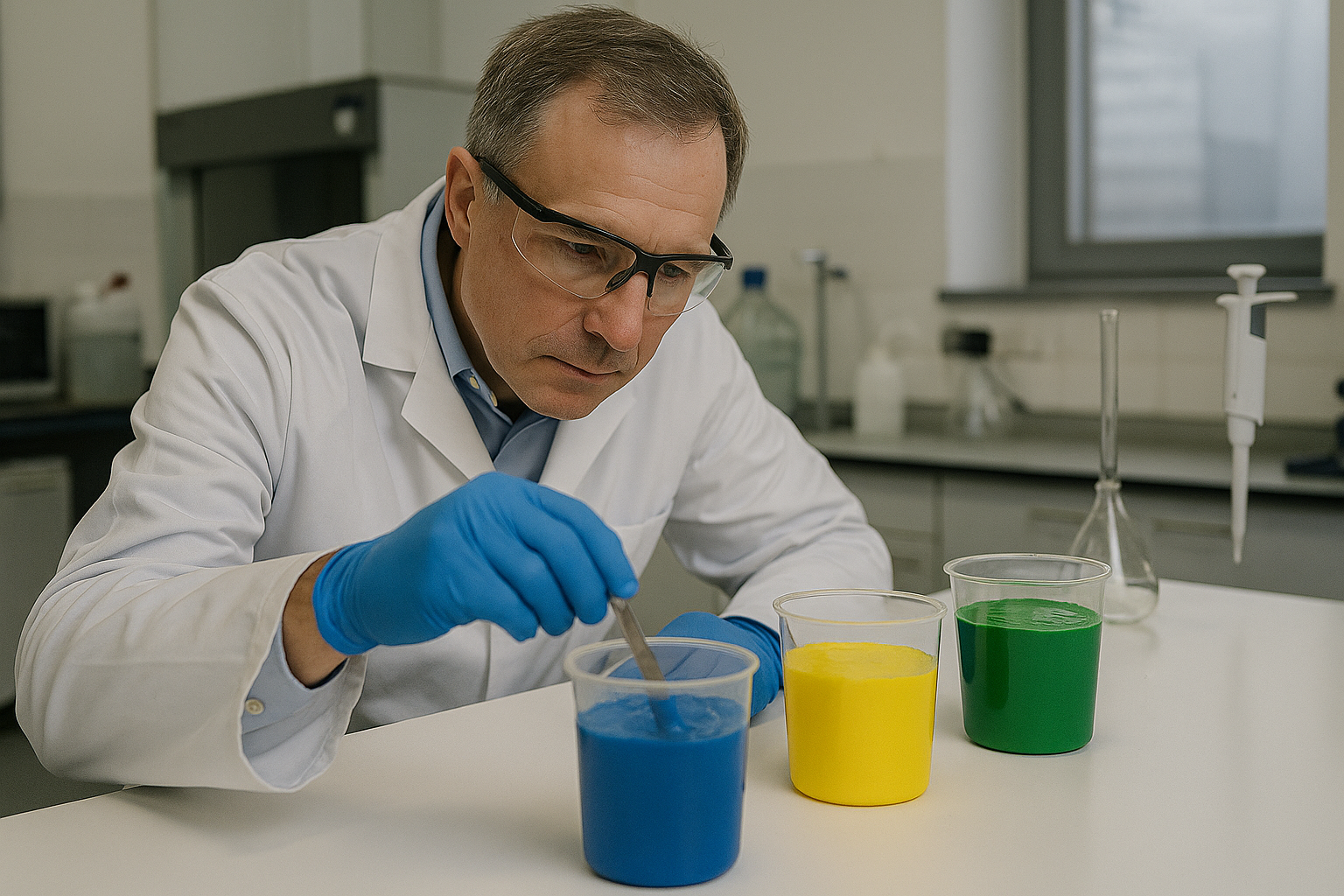
Experience matters, especially when you’re balancing technical requirements, regulatory pressures, and sustainability goals. This is where The Rakem Group tends to stand out — not just as a supplier, but as a problem-solver.
With a long-standing focus on industrial pigment additives, Rakem brings deep knowledge of dispersion science, formulation behaviour, and performance chemistry. They’re not just shifting product; they’re actively helping partners make smarter use of what they buy.
Their pigment slurries — including white pigment dispersions made with high-grade titanium dioxide — are supported by a broader ecosystem of additives, such as acrylic binders and polymers, which improve adhesion, flow, and durability across surfaces. This means better finishes, stronger product consistency, and fewer formulation headaches.
You’re not left on your own to figure things out, either. Rakem works alongside manufacturers to tweak formulations, troubleshoot inconsistencies, and identify sustainability wins — whether that’s reducing VOCs, cutting waste, or improving lifecycle performance.
It’s not just what’s in the drum — it’s who’s standing behind it.
Benefits of Using Pigment Slurries
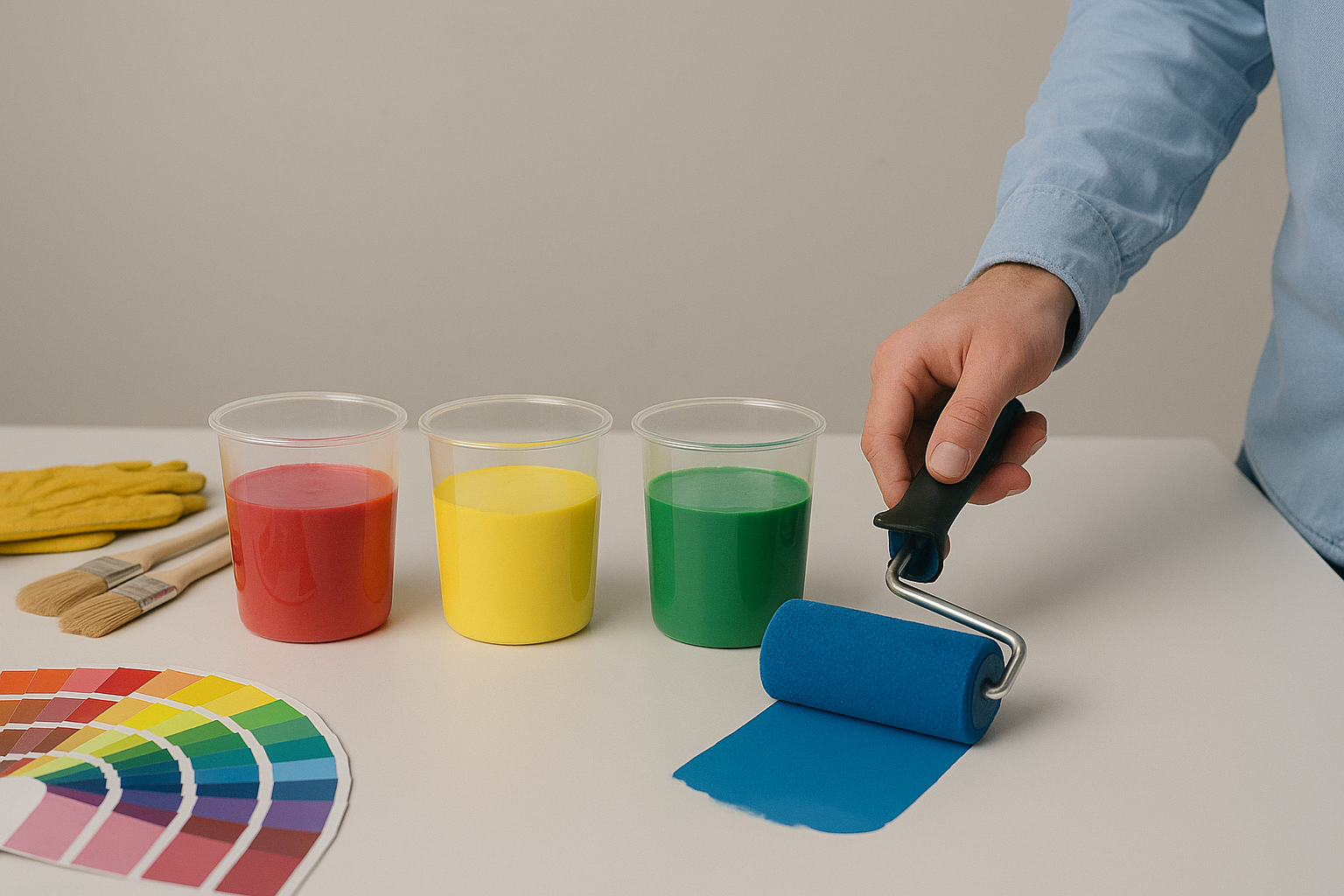
When you’re managing supply chains and production schedules, small changes can unlock surprisingly big efficiencies. Pigment slurries tend to do just that — across cost, quality, and sustainability.
Here’s how:
- Better dispersion – fewer clumps, smoother mixing, and less need for energy-intensive milling.
- Reduced waste – accurate dosing and less dust during handling means more material ends up where it should.
- Lower costs – optimised formulations reduce product loss and help cut back on rework or rejected batches.
- Improved coverage – especially with white pigment slurries, you need fewer coats to achieve opacity.
- Sustainability gains – water-based slurries often come with lower VOCs and fewer disposal challenges.
- Ease of handling – no dry pigment clouds, just ready-to-use liquid that slots into existing processes.
These aren’t minor tweaks — they’re practical upgrades that feed into productivity, quality, and sustainability reporting.
For operations under pressure to deliver cleaner, quicker, and more consistent results, pigment slurries offer more than just convenience — they’re a smarter way to manage colour. From tighter control in production to improved environmental outcomes, they quietly improve how things are made, batch after batch.
If you’re rethinking your supply strategy or just want to explore what’s possible with pigment dispersions, Rakem’s technical team is ready to help. For tailored support or to discuss a specific application, contact us.
